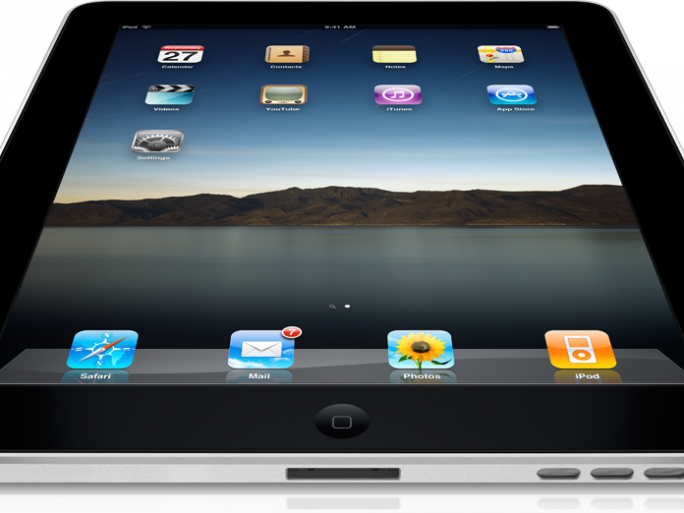How the channel saved Apple’s iPad bacon

Apple has been forced to depend on its channel figures in a bid to show that is iPad is not really dying.
Apple has been forced kill off rumours of the slow death of the iPad by leaning on its channel figures, which seem to indicate that the tablet is doing what Wall Street expected.
Last week it was revealed that iPad sales were slowing to just over 26 percent growth. Analysts warned it was possible that the iPad craze could be grinding to a halt.
However, Apple CEO Tim Cook pulled out another figure which said that Apple’s iPad growth was really more than 44 percent because of something called “sell through”. CNN dug around to find out what he was talking about and it turned out that Cook was talking about his channel figures.
Cook meant that the difference was worked out on a year-over-year basis. Last year, during this quarter, Apple had lots sitting in the channel too.
Apple’s channel inventory changes every quarter as it fills or draws down inventory by an amount that Apple COO Peter Oppenheimer reports every quarter. Normally the figures to the channel are not looked at, but this time it mattered to the spin masters at Apple.
In Q4 2011, when Apple reported sales of 11 million iPads, the company had increased channel inventory by 1.45 million units. The actual sell-through was 9.7 million. In this quarter Apple reported sales of 14 million iPads, the company had increased channel inventory by only 200,000 units. But sell through for the quarter was 13.8 million.
While sales only increased 26 per cent from 11 million to 14 million, sell-through increased, by about 43 per cent from 9.673 million to 13.836 million. By factoring in the channel, Apple was able to claim that it was close to Wall Street’s estimations that iPad sales needed to grow 48 per cent year over year.
Today, the Guardian pointed out that Apple’s reporting of its channel figure to boost its sales could be habit forming. Apple has always been secretive but recently this habit has resulted in it getting into trouble.
Last year, the yearly iPhone refresh moved from June to October. This meant that Q4 iPhone shipments would have been bad, but fast growth resumed once the new model shipped. This scenario was revealed by showing the channel figures and it seems that Apple hopes that it can applied to the iPad.
The Guardian was more skeptical about the iPad. It found, by looking at different SEC filings, the iPad still might be in trouble even factoring in the channel figures. The iPhone is stable because Apple has been able to extract more money from carriers than any of its competitors and will continue to do well, the Guardian said.
But the iPad does not have this sort of arrangement, no two-year contract, and no subsidy. It does not matter how much product is sitting in the channel, the iPad still has problems, particularly now that Google, Amazon and Microsoft have new products worth watching.